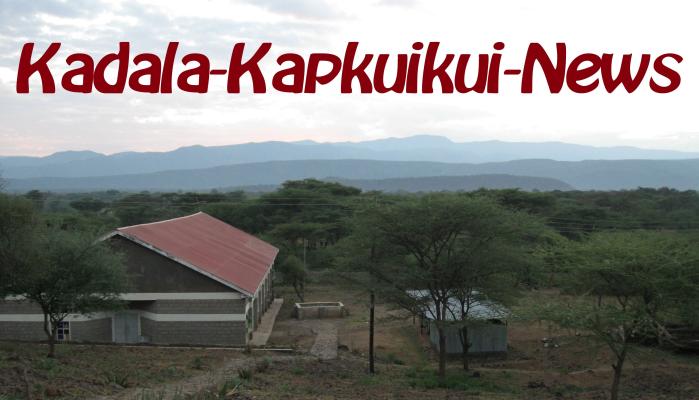Sonntag, 24. März 2013
The History of Mission in Kenya
kadalas in bogoria, 19:35h
The most famous person in the history of the mission in Kenya is Johann Ludwig Krapf, who was born on the 11th of January 1810 in Derendingen next to Tübingen/ Germany and who was dieing on the 26th of November 1881 in Korntal next to Stuttgart/ Germany.
Johann Ludwig Krapf has been a German evangelic missionary in East Africa, who was a Pietist, a discoverer, a language scientist and an Africa explorer.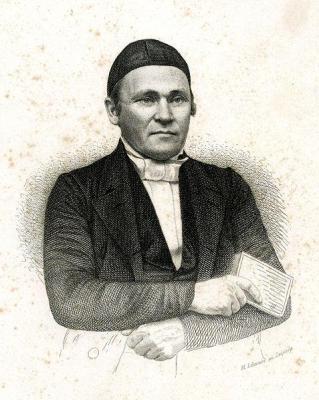
After that he was a “preacher in training” (German: Vikar) in Altburg next to Calw/ Germany and in Wolfenhausen next to Rottenburg am Neckar/ Germany. Because of his pietistic sermons he lost his job and he was working as a private teacher.
1836 he became a member of the British Church Missionary Society.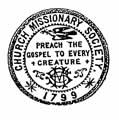
1842 he travelled to Kairo and he got married to a Swiss woman from Basel. After that he was not allowed to return to Ethiopia. Therefore he travelled to East Africa.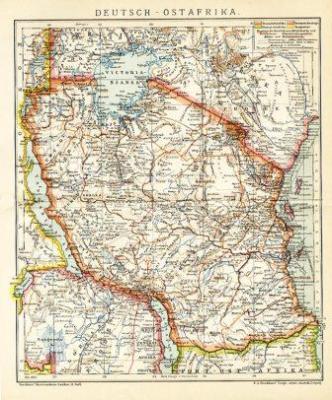
He published a book with the vocabularies of the Massai-language and six other books also dictionaries of six East-African languages and a few Bantu-languages.
He was studying the dialect of Mombasa called Kiswahili and the language of a tribe called Mijikenda. In that time there was no written form of Kiswahili. Therefore he gave Kiswahili a written form my using the Latin letters.
1850 he published the first Kiswahili Grammar and 1882 a dictionary.

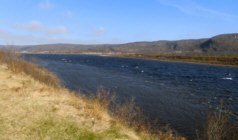

Because of being sick in 1855 he went back to Germany and settled in Korntal next to Stuttgart. Later on also Johannes Rebmann came to Korntal.
In 1861 Krapf travelled together with two missionaries of the United Methodist Church (UMC) back to Eastafrica, and in 1868 he was helping a British military expedition under Lord Napier as somebody knowing the country and the language.
In 1881 he died back in Korntal/ Germany because of an apoplexy. There he got buried, too.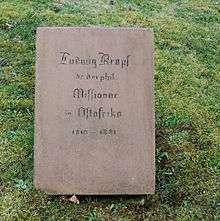
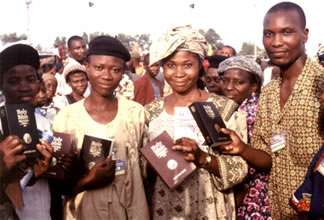
...already 919 x read
Johann Ludwig Krapf has been a German evangelic missionary in East Africa, who was a Pietist, a discoverer, a language scientist and an Africa explorer.

After that he was a “preacher in training” (German: Vikar) in Altburg next to Calw/ Germany and in Wolfenhausen next to Rottenburg am Neckar/ Germany. Because of his pietistic sermons he lost his job and he was working as a private teacher.
1836 he became a member of the British Church Missionary Society.

1842 he travelled to Kairo and he got married to a Swiss woman from Basel. After that he was not allowed to return to Ethiopia. Therefore he travelled to East Africa.

He published a book with the vocabularies of the Massai-language and six other books also dictionaries of six East-African languages and a few Bantu-languages.
He was studying the dialect of Mombasa called Kiswahili and the language of a tribe called Mijikenda. In that time there was no written form of Kiswahili. Therefore he gave Kiswahili a written form my using the Latin letters.
1850 he published the first Kiswahili Grammar and 1882 a dictionary.




Because of being sick in 1855 he went back to Germany and settled in Korntal next to Stuttgart. Later on also Johannes Rebmann came to Korntal.
In 1861 Krapf travelled together with two missionaries of the United Methodist Church (UMC) back to Eastafrica, and in 1868 he was helping a British military expedition under Lord Napier as somebody knowing the country and the language.
In 1881 he died back in Korntal/ Germany because of an apoplexy. There he got buried, too.



